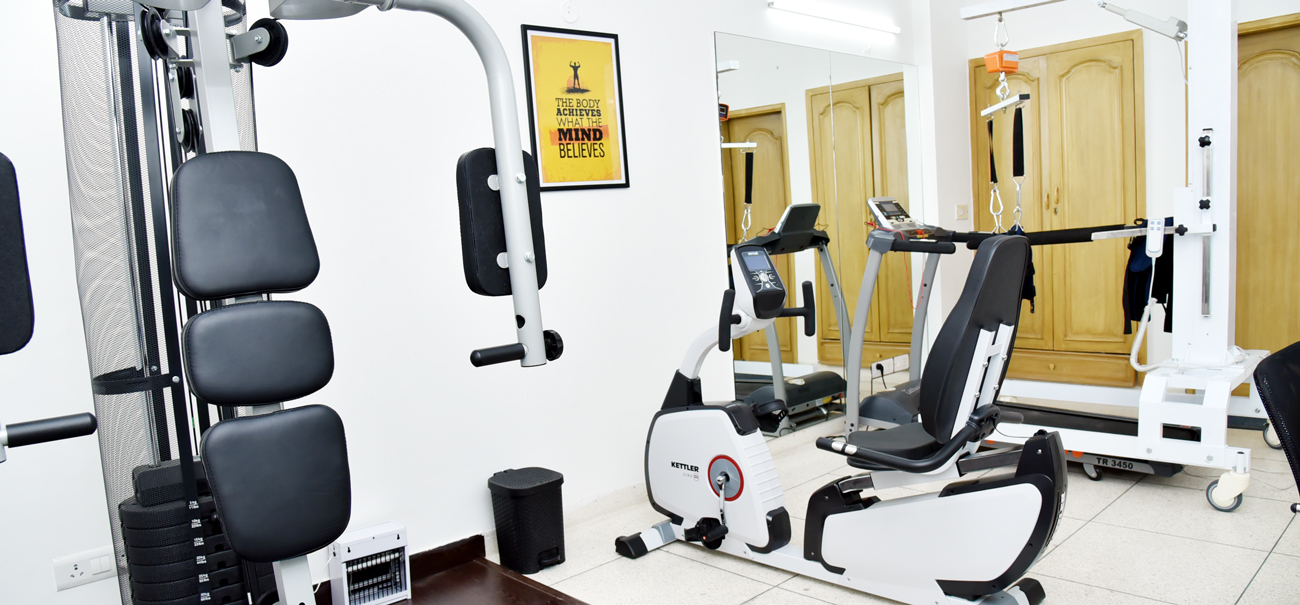How stroke can affect your upper limb ?
A stroke causes damage within the brain that can directly affect movement and sensation of the arm.
Damage to the sensory motor cortex, sub-cortical areas and/or cerebellum can result in:
- Loss of motor control, that causes difficulties with, or prevents, the voluntary production
of movement, and compromises dexterity and co-ordination of the fingers, hand and arm;
- Sensory and proprioceptive deficits, which reduce awareness
of limb position and movement
The reduced level of movement predisposes changes in muscle,
connective and neural tissues, resulting in a number of secondary problems that may include:
- Shortening and weakening of muscles (muscle 'contracture');
- Compromised motor and sensory nerve function, as unused neural pathways lose connectivity
- Shoulder subluxation (partial, temporary dislocation of the shoulder joint), caused by lack of motor control and muscle weakness in the rotator cuff muscles
- Abnormal tone includes hypotonicity or hypertonicity/spasticity
- Pain, which is a common complication, often secondary to shoulder subluxation, but also commonly associated with the musculoskeletal changes caused by immobility.
- Contractures formation
- Swelling/edema
- Pain
Xcell physiocare aims to promote motor recovery, optimize sensory functions,
enhance functional independence, and prevent secondary complications.
We have a dynamic process of assessment, Goal-setting, Treatment and Evaluation;
its coverage spans from the acute stage, through the rehabilitation stage, to the community stage.
At Xcell physiocare we have a broad spectrum approach for the hand function training post stroke which includes:
- Constrained- induced Movement Thearpy(CIMT)
- Repetitive, structured, practice intensive therapy in the more affected arm
- Restraint of the less affected arm
- Application of a package of behavioural techniques that transfers gains
from the clinical setting to the real world (i.e. making it functional)
- Mental practice
Mental practice involves repetitive cognitive rehearsal of physical movements in the absence of physical, voluntary attempts. The brain’s ability to respond to repetitive, learning-based strategies
even years after injury and well into adulthood also makes mental practice a favorable match for stroke.
- Mirror therapy
Mirror therapy involves the use of a mirror – surprise, surprise – to create a reflection of your unaffected arm in place of your affected arm during therapy (see image above).
The mirror image ‘tricks’ your brain into thinking that your affected arm is moving like your unaffected arm through the phenomenon of Neuroplasticity.
- Virtual reality
Virtual Reality has emerged as a new approach to treatment in stroke rehabilitation settings.
By simulating real-life activities, stroke patients are able to work on self-care skills in a
setting that is usually impossible to create in a hospital environment.
fter a stroke, mass practice, task-oriented arm training of the upper and
lower limbs can help the brain “re-program” itself and form new neural connections.
These new connections stimulate recovery of motor skills in patients following stroke.
So VR may be useful to augment rehabilitation of the upper and lower limbs in
patients suffering from stroke and other
- Repetitive task practice
Repetitive task training (RTT) is a treatment approach used to help with recovery of movement after stroke,
which is based on the simple idea that in order to improve our ability to perform tasks we
need to practice doing that particular task numerous times.
- Functional electrical stimulation
Functional electrical stimulation (FES) is a rehabilitative technique where low level electrical
voltages and currents are applied to an individual in order to improve or restore function lost to injury or disease.
- Occupational therapy
Occupational therapy is a holistic approach concerned with promoting health and well being through occupation. The primary goal of occupational therapy is to enable people to participate in the activities of everyday life.
Occupational therapist enable people of all ages to live life to its fullest by helping them promote health, and prevent / live better with injury, illness, or disability
Common occupational therapy interventions include helping children with disabilities to participate fully in school and social situations, helping people recovering from injury to regain skills, and providing supports for older adults experiencing physical and cognitive changes.
Occupational therapy services typically include:






